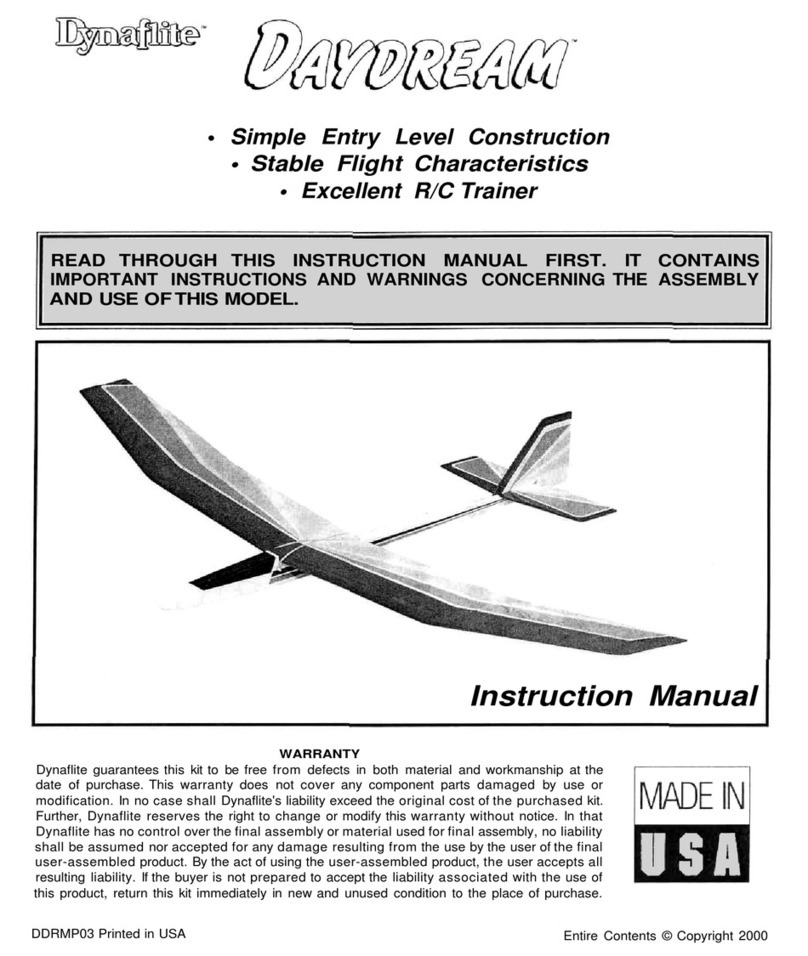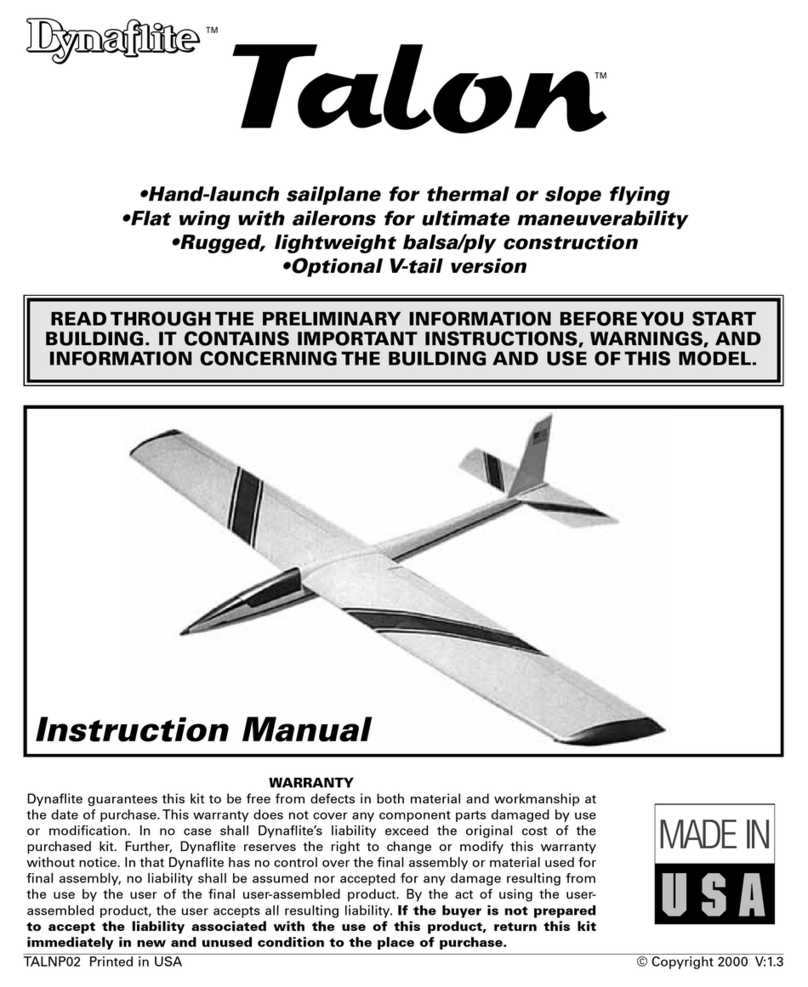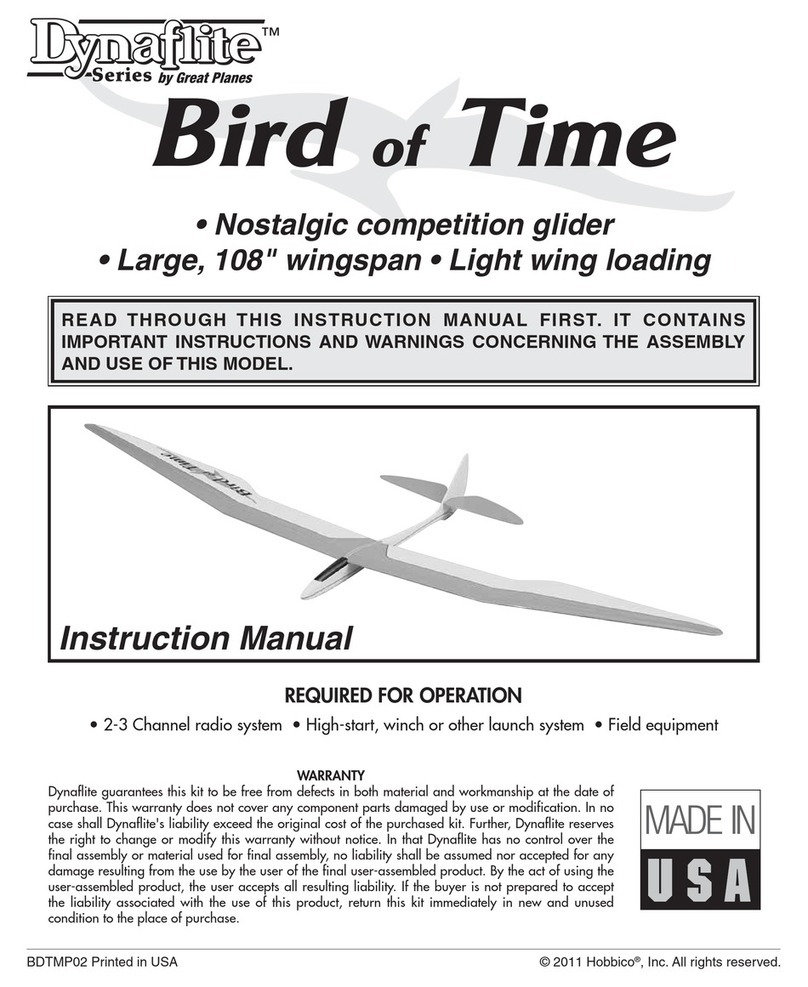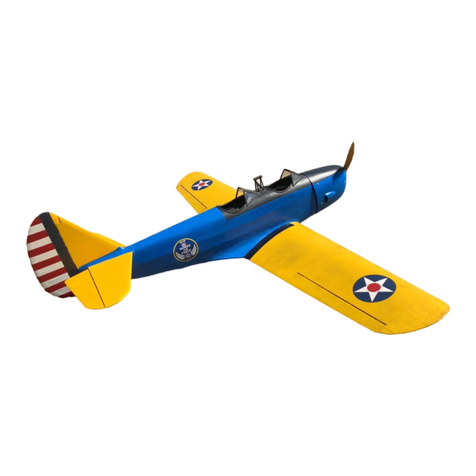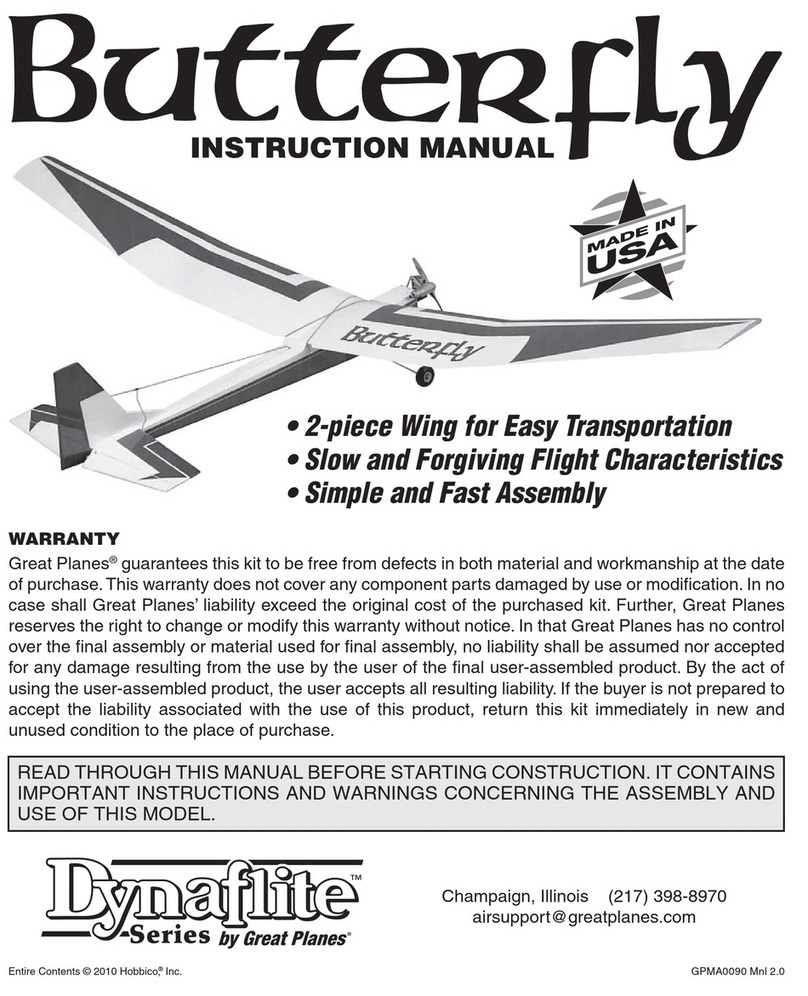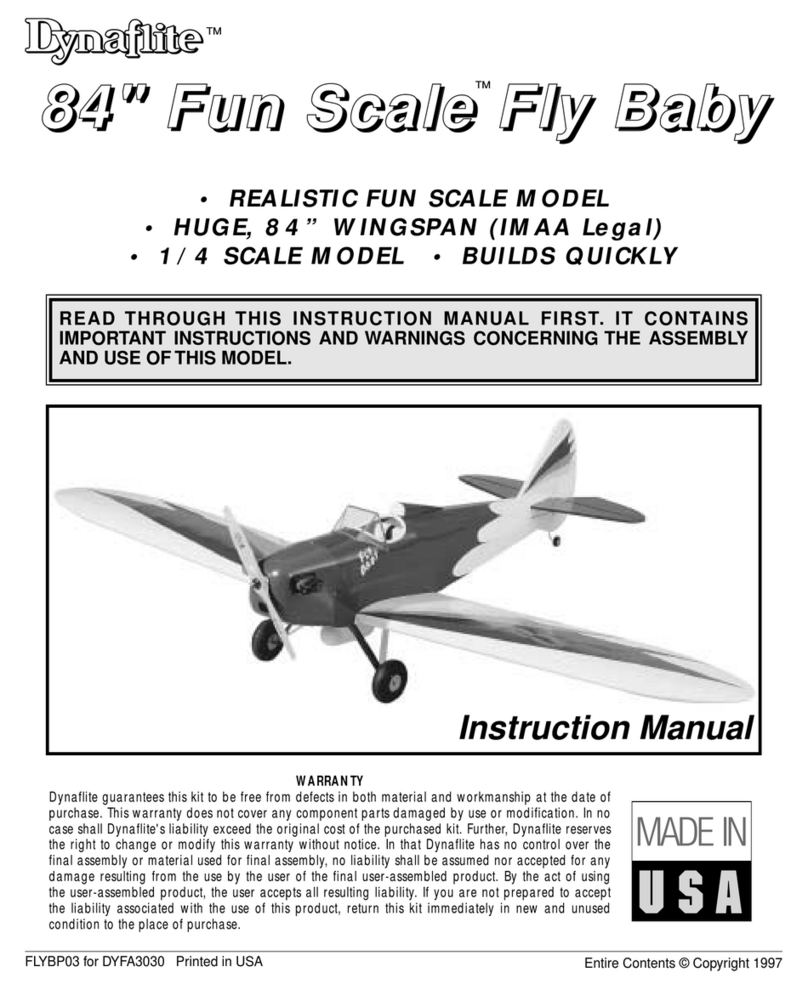
Introduction................................................2
Precautions
................................................2
Preparations
..............................................3
Required Accessories..........................................3
Optional
Accessories
..........................................4
Suggested
Supplies
............................................4
Building
Notes
....................................................5
Adhesives
............................................................5
Common Abbreviations......................................6
Types
of
Wood
....................................................6
Inch/Metric Ruler..................................................6
Die-Cut Patterns............................................7& 8
Buildthe Stabilizer
&
Elevators
................9
Buildthe Vertical Fin& Rudder................10
Buildthe
Fuselage
....................................12
Build
the
Bulkheads
..........................................12
Buildthe Wing
..........................................19
Join the Wing
Panels
................................23
Buildthe Ailerons
....................................26
Buildthe Flaps..........................................27
Mount
the Wing
to
the Fuselage
..............28
Finishthe
Fuselage
..................................29
FinalAssembly..........................................33
Finishing
..................................................35
Setthe ControlThrows
............................36
Balance
Your
Model
..................................36
Balance the Model Laterally
....................37
Preflight....................................................37
At
Home
............................................................37
At the Flying Site ..............................................38
Engine Safety Precautions
......................38
AMA
Safety Code (excerpt)
......................39
Flying........................................................39
Find
a
Safe
Place
to
Fly
....................................39
Takeoff................................................................40
Flight..................................................................40
Landing
..............................................................40
Congratulations on your choice ofthis kitfor
your next project.The Chipmunk isa FunScale®
model of a trueclassicaircraft.Ithas the
presence that only a big model can carry off.
At Dynaflite we take pride inoffering kits that
aresimple and straightforwardto build and
providevalueforyourmodelingdollar.
Because of the size and cost of this model we
assumeyou have builtseveralmodels and have
ageneralworking knowledge of modeling and
its terms. Ifyou HAVE NOTbuilt and flown
several kits, do yourselfa favor- back up and
get some experience before beginning this kit.
1.You must build the plane according to the
plan and instructions. Donot alter or modify
the model, as doing so may result inan unsafe
or unflyable model. Ina few cases the plan
and instructions may differ slightlyfrom
the photos. Inthose instances the plan
and written instructions are correct.
2.You musttake time to build straight, true
and strong.
3.You mustusea proper R/Cradio that isin
first class condition, the correct size of engine
and correct components (fuel tank, wheels,
etc.) throughout your building process.
4.You mustproperly installall R/C and other
componentsso that the model operates
properly on the ground and inthe air.
5.You must test the operation of the model
before every flight to insure that all equipment
isoperatingand you must make certainthatthe
model has remained structurallysound.
6.Ifyou are notalreadyan experienced R/C
pilot,you must fly the model onlywith the
helpofa competent,experienced R/Cpilot.
Remember: Take your time and follow
instructions to end upwith a well-built
modelthat isstraight andtrue.
2
